The Sun: This is an exciting time for your Sonoma Valley High School students, with their films being shown in the Sonoma International Film Festival.
Peter Hansen: For sure. Getting to see their work on the big screen at the Sebastiani is such a big deal. We will be showing 20 student films on Thursday the 22nd. We show them again Sunday at 11:15 at the Community Center.
Tell me about the connection between your Media Arts department and the Film Festival.
Every year since 2003 we have had student films in the festival. That first year there were only 17 people in the audience to see three terrible films. As I said, this year we’ll have 20 films, all good, and some very good. The Film Festival has been pivotal in the success of our department. The Festival gives annually $20-25,000 to the department for operational costs and equipment, and college scholarships and stipends for our film students. The community has been very generous to us. They have supported my passion and dedication. When school starts in January, I start working 6.25 days/week, getting ready for the festival at the end of March.
Tell me about your early years.
I grew up on Long Island in a traditional nuclear family – kids, dogs, cats, acre, Catholic, love. I wanted to be a writer. I loved everything that was outside the box. I left N.Y. – and arrogance, ignorance and stress – for southern California, ending up in San Diego. Sun, waves, joyful people, skateboarding. I never looked back.
How did you end up in Sonoma?
I graduated from San Diego State in Journalism, and went into corporate sales of media equipment in the northwest. I was very successful. Ten years into it, I was driving along listening to NPR when a motivational speaker said, “You’ll never be brilliant until you do what you love.” I banged my hands on the steering wheel, crying, “I want to be brilliant.”So I enrolled in story structure and film classes at U of Washington. Soon after I left the corporate world and in ’96 moved to Sonoma, where I had my own successful video business, Wine Country Media. I was very happy.
What led you to teaching?
I had no idea I was going to be a teacher. In 2002 I volunteered to help with the struggling new high school Media Center, housed in new Building H, which was built with funds from the bond measure. I was asked to teach the film program. By the fourth year, I think I began to know how to teach. Now, in my seventeenth year, I understand that I have been making a difference in kids’ lives. I can infuse social norms, lessons of integrity. I feel I am a part of something bigger – helping kids to be ready to make their world better. The students come back ten years later to say “thank you.”
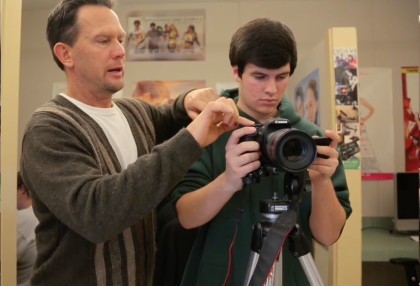 Can you give some examples?
Can you give some examples?
I drop seeds of social consciousness, then reinforce them with snippets from what is happening. I help them think about things, about all aspects of media. Like about the #MeToo movement and how it is changing an entire generation. One example would be how the “bikini babes” have been removed from the car shows. In the first 10 years of the program we did promo videos for so many nonprofits in the Valley. It really helped them with their fundraising, and it helped the kids become aware of the needs and services where they lived. The videos made an emotional connection. And kids saw the power of film.
How about the example of an individual student?
One of this year’s students has made a film about body image. She really portrays well how strong the effect of media images has been on her and other kids. And how she learned to be comfortable with who she is.
Is it true that the school wanted to fold the department in 2004?
Yes, but thank goodness, private donors stepped up. The community has been pivotal in the success of our department. From the festival, its members, and the community we have received around $600,000 in funding over the years. Of late, the school district has been helping by writing Career-Tech Education grants to the state. We recently got $30,000 for computers.
What are some lessons the students in your classes learn?
On the practical side, they learn how to use all the video production equipment. They learn how to edit their work. A number of our students have gone on to great careers in the film industry. But all of the students learn big lessons. For instance, they learn follow-through. It’s a big lesson to have to go back to something you’re done with, re-work it, and learn it was worth it. One student had made a fine film about the importance of her friends in her life. She ended it with a voice-over of herself saying “I love you” ten times. But when she got to that final step, she cut and pasted the first “I love you” for all the repeats. I had to make her go back and record nine more versions, where she was thinking about her friends as she spoke those words. The expression and intonation changed each time, and it was a beautiful emotional ending.
What are some lessons you have learned?
I learned that students want independence. When I assigned a theme for their films, they got stuck. But when I let them choose, they come up with the most wonderful work. This year’s films include drama, horror, self-discovery and comedy.
What’s next for the Media Arts department?
Radio. With pod casts becoming so big, this is an important part of media. We already have the soundproof booth.
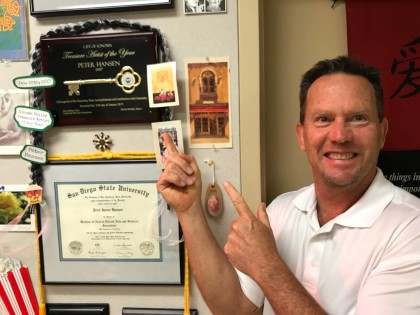 You’ve were named Sonoma’s Treasure Artist for 2017.
You’ve were named Sonoma’s Treasure Artist for 2017.
I never imagined that. I was truly honored. But this community has been very good to me. The film program at the high school is a community effort. There are so many people and organizations that have supported it. David Donnelly has been my mentor and one of the most influential supporters. The Film Festival. SVTV. I’ve had a wonderful connection with the Boys and Girls Club. Rotary.
Do you plan to retire anytime soon?
Yes, in three to five years. When I retire I will be completely fulfilled in what I’ve done. Twenty years well-spent. I wanted to be who I was born to be, to know what my dharma is, to be connected to the universe.
— Interview by Anna Pier







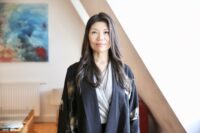
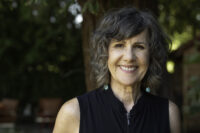
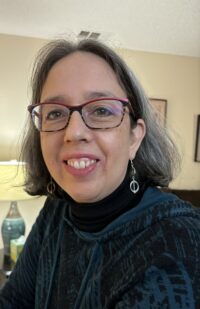
Be First to Comment